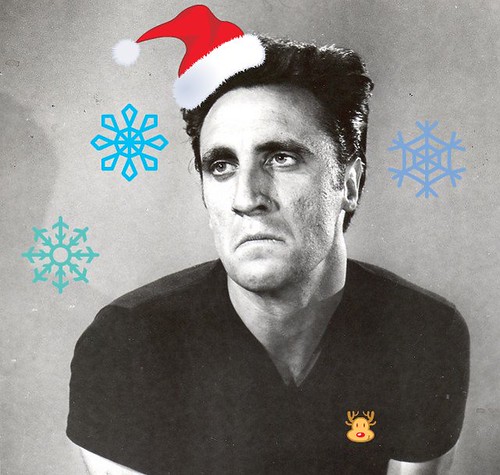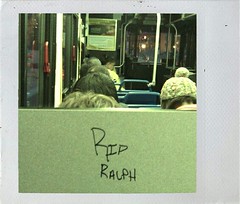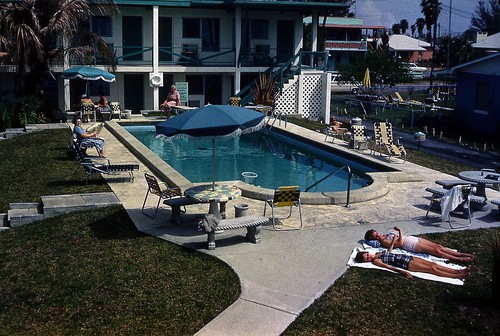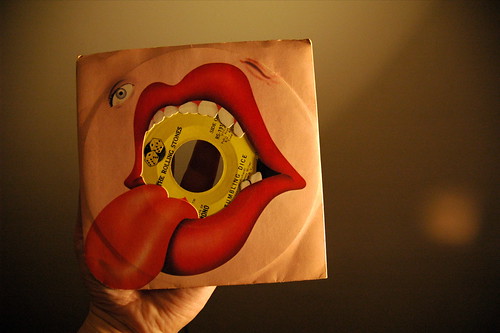
I've started a tumblr.


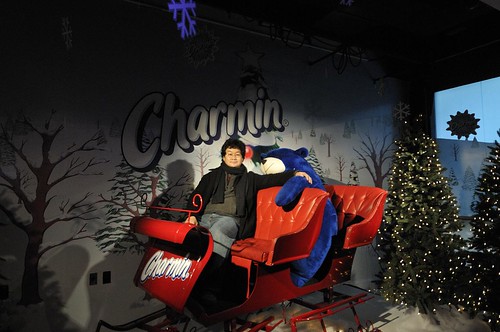

 first published on blogcritics.org
first published on blogcritics.org


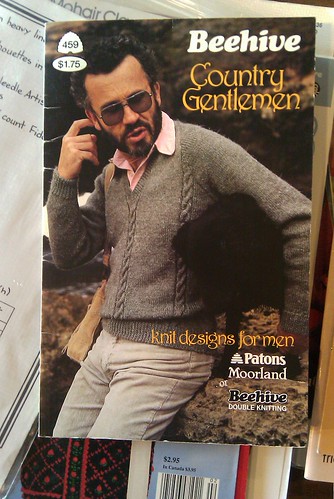

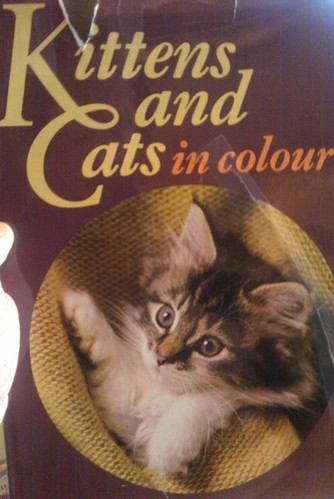


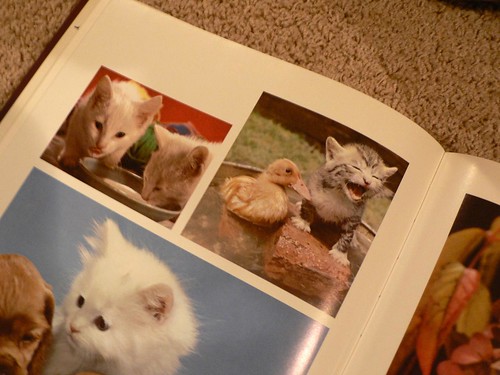

One's natural first response is, "What kind of thug holds up Timothy Carey?" My dear fellow American suggests an intimidation level of three Klaus Kinksi's, but I'm not sure that even an unholy trinity of Communist Kinksi's could strike that much reckless fear into the eyes of this fallen American Carey.
New York Times, May 8, 1957
Missing US Actor is Found
MUNICH, Germany, May 7 (Reuters)--Timothy Carey, 31-year old Hollywood actor who disappeared from his hotel here sunday night, was found gagged and handcuffed on a lonely road outside Munich this morning, the police said here today. They said the actor had hitched a ride in a car driven by two English-speaking men, who held him at gunpoin, robbed him of $40 and finally dumped him by the roadside
New York Times, July 5, 1887
SUICIDE OF A VIOLENT WOMAN
Ellen Carey, the wife of a cripple, Timothy Carey, living at Tenth Avenue and One-hundred and Fortieth Street, commited suicide yesterday by taking a dose of rat poison. She had been quarelling all night with her husband, and about 7 o'clock in the morning resorted to force, striking him a severe blow with a stick of wood. She then drank the contents of a teacup, afterward found to have contained poison, and died almost immediately.
The deceased had been known as a woman of violent temper, approaching at times to insanity. During Mr. Cleveland's Administration as Governor she was pardoned from state prison after serving two years of a life sentence for arson. She had been convicted of setting fire to a house belonging to her sister.
New York Times, September 28, 1897Good night, sweet three Timothy Careys, and may flights of angels sing thee to thy rest.
BICYCLIST FOUND UNCONSCIOUS
Timothy Carey Picked Up Near Vineland, N.J., with a crushed head.
VINELAND, N. J:, Sept. 27.--Timothy Carey, a bicyclist, was found lying unconscious in the middle of the road near this place to-night. His head was badly crushed, and it is probable he will die. His bicycle, a light racing machine, was lying beside him totally wrecked. It is not know how he was hurt.
